UPDATE | August 14, 2023
When you are studying abroad, there are times when you want to refresh yourself and experience Japanese culture by going to see friends far away from Tokyo or going on long trips. However, when boarding a train for that reason, there are times when you don't know where to go or which ticket to buy. In this article, I will briefly introduce how to ride a train, which is necessary when going out!
INDEX
Speaking of long trips, it is "Shinkansen"! The Shinkansen is a high-speed train that represents Japan and is operated by JR.
Since airports are often far from the city center, the Shinkansen, which has the city area right after you get off, is very convenient compared to airplanes. However, since it is not used on a daily basis, many people may not know how to ride it. First of all, I will explain how to ride the Shinkansen, which is a typical railway used for long trips!
1) Find out how to get to your destination
Use the internet to find out how to get to your destination. Finding out which line to transfer at at which station will make it easier to buy a ticket and prevent you from getting lost on the day of your trip.
Also, even if the Shinkansen is on the same line, there are stations that stop and stations that do not stop depending on the type of train. For example, there are three types of Tokaido Shinkansen: "Nozomi", "Hikari" and "Kodama", but the fastest "Nozomi" does not stop at many stations, so it is necessary to check carefully.
2) Non-reserved seats and reserved seats
After researching how to get to your destination and deciding which Shinkansen to use, the next step is to choose which seat on the Shinkansen you want to use. On the Shinkansen, there are "non-reserved seats" where you can sit in any vacant seat in a non-reserved car without choosing a seat in advance, and "reserved seats" where you can choose the train and seat in advance by paying a fee. If you want to use a reserved seat, you need a ticket called a "reserved seat ticket". Each has the following advantages and disadvantages.
"Unreserved seat"
merit
①Since you don't need to buy a reserved seat ticket, the fare will be relatively cheap.
② You can ride any train as well as your seat.
(However, there are restrictions on dates, so confirmation is required.)
Demerit
①Since seats are not assigned, you may not be able to sit if there are many passengers.
"Reserved seat"
merit
①Since the seats are assigned, you can always find a seat even when the Shinkansen is crowded. It's a good idea to reserve a reserved seat during periods when the Shinkansen is crowded (such as Golden Week). However, the number of seats is limited and may sell out, so we recommend making reservations early.
Demerit
① You need to buy a reserved seat ticket, which is relatively expensive.
② If you miss the designated train, the reserved seat ticket will become invalid.
(Even if you miss your train, you can still take a non-reserved seat on another train, but you need to consult with the station staff.)
After understanding the characteristics of non-reserved seats and reserved seats, choose the one that suits your situation and budget.
3) buy a ticket
Once you've decided how to get to your destination and which seats you want, you can buy a ticket at the station. Tickets can be purchased at ticket vending machines and Midori no Madoguchi. A maximum of three tickets are required to ride the Shinkansen.
①Ticket: A fare for getting on the train and going to the destination
②Limited express ticket: A fare for riding a special train called the Shinkansen
③ Reserved seat ticket: If you choose a reserved seat, the fee for reserving that seat
These three tickets are sometimes issued as one ticket these days, so be sure to check what is written on the ticket and if you have any concerns, talk to the station staff.
You can also reserve and purchase tickets online. In many cases, you will need to pick up the actual ticket at the station, so be sure to check in advance how to pick it up.
4) Take the Shinkansen
Use Shinkansen or other lines to get to your destination.
By the way, when getting on and off the Shinkansen in Tokyo, Nagoya, and Osaka, if you are in the 23 wards of Tokyo, Nagoya city, or Osaka city, you can ride the JR train after getting off the Shinkansen for free. can do. If you use this system, instead of exiting the ticket gate when changing trains, please be aware that you will use the "Shinkansen transfer ticket gate" exclusively for customers who transfer from the JR line to the Shinkansen.
The Shinkansen is also a type of limited express train, but it is convenient to use a limited express train when going to places where the Shinkansen does not go. Riding is similar to Shinkansen.
JR limited express trains require a basic fare ticket and a limited express ticket, and if you want to reserve a seat, you also need a reserved seat ticket. However, some railway companies do not have a "limited express ticket". In that case, you don't need to buy a limited express ticket even for a limited express train. However, even in this case, there is a division between reserved seats and non-reserved seats, so people who do not have a "reserved seat ticket" can only ride in non-reserved seats.
If you pay attention to this point, going out using a limited express train is basically not much different from the Shinkansen.
Traveling by local train is slow and inconvenient! You might think that, but there are local trains that stop at all stations, as well as express, rapid, and new trains that skip stations and operate in a shorter time than local trains. There are types such as "Rapid". Since these are "local trains", you don't have to buy a "limited express ticket" and the fares are relatively cheap. Especially in the suburbs of Nagoya, Kyoto, Osaka, and Kobe, there are special rapid trains that sometimes run faster than limited express trains, making them convenient for travel and long trips.
[PR]
Plan tickets are tickets sold by railway companies for the purpose of promoting their use. It's much cheaper than buying it in general, so it's a good idea to check it out. My personal recommendation is the following ticket.
① Platto Kodama: Instead of riding the "Kodama" that stops at each station, you can get a very cheap ticket for the Shinkansen, and exchange prefectures for drinks and ice cream. Sale all year round.
②Seishun 18 Kippu: A bargain ticket that allows you to ride all JR lines for about 2,500 yen per day instead of only riding local trains. It does not have to be used on consecutive days, and can be used by multiple people. Since there are some tricks and rules for using it, we will be publishing articles on the theme of Seishun 18 Kippu only in the future. Limited time offer.
③Hokkaido & East Japan Pass: A ticket that allows you to ride on all JR lines (including some other companies) instead of only being able to ride on East Japan and Hokkaido lines. Unlike the Seishun 18 Kippu, it can only be used on consecutive days and cannot be used by more than one person, but it can be used at an exceptional price of about 1600 yen per day. Limited time offer.
How was it? In this article, we have explained the information you need to know about trains, including the Shinkansen, when you go out. Everyone, let's get acquainted with how to ride the Shinkansen and enjoy a long trip!

Born in Seongnam, South Korea. He came to Japan in 2019 and graduated from Nagoya University Faculty of Agriculture in 2023. He studied organic chemistry at university, and is currently involved in supporting international students in pursuing higher education and employment, something he has been interested in for some time. I like Japanese culture, history, transportation, and town planning, and traveled to all 47 prefectures when I was a student. Hokkaido is my favorite prefecture.
[PR]
[PR]